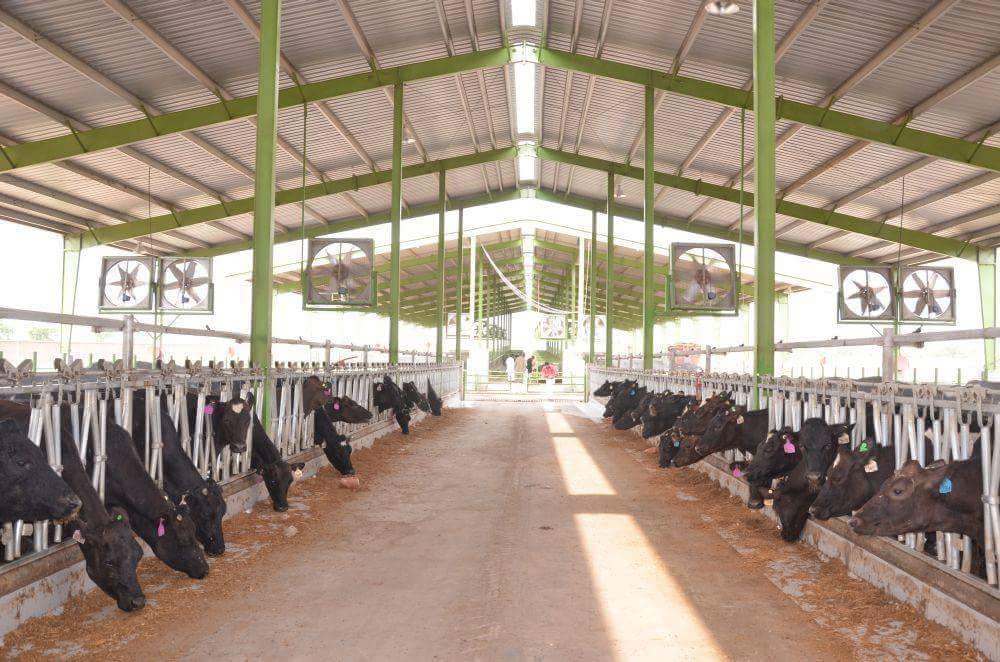By-Dr Parvinder Kaur,(Veteinary officer,
Clean Milk production
General Information
Milk is the main product from a dairy enterprise, produced basically as food for human consumption. A dairy farmer must therefore aim at maximising on milk output from his/her dairy herd. At the same time the farmer must ensure that milk is produced in clean and hygienic conditions so that it is fit for human consumption.
From public’s health point of view, milk is a very good media for bacterial and other micro-organisms development. As such, disease hazard in public can easily be predisposed by infected milk during production, handling and marketing.
As business, milk which is not available for human and economical use is a loss to the producing farmer. The following reasons will justify why ever farmer should strive to produce clean and wholesome milk:
- Farmers are not paid for the milk which is rejected in the market. As such, they lose in labour and other inputs used in producing this milk.
- Dirty milk will have keeping period and if it cannot be used quickly, then it is thrown away and lost as useless food.
- Rejected milk due to dirt means a total loss as a source of food for the nation. The nation will therefore spend money to import such food and that money spent could have been used for other development projects.
Clean Milk Production Practices
Source Hygiene and Preparations
- Check for mastitis with a strip cup or any other method.
- Isolate sick animals and milk them last (Their milk should not be mixed with good milk).
- Wash udder, teats and flank of the animal with clean water preferably add a disinfectant. Wipe with a clean cloth.
- Always groom and cut the hair around the under.
- Dispose fore-milk
- Tie tails of troublesome animals when milking.
Milker’s Hygiene
Milker should: –
- Be healthy and clean
- Maintain short finger nails and hair cut (ladies can cover their heads when milking as guard to falling hair)
- Avoid smoking during milking time.
- Be quick and efficient
- Milk continuously (no interruptions).
Milking Environment
- The shed can be permanent or movable
- Where possible provide a cement floor for easy and proper cleaning.
- Water should drain easily and away from the shed
- Provide a clean feed trough, water trough and protected store.
- There should be a good source of water nearby
- The shed should be located away from bad smells and odours
- It should be cleaned after every milking
- Livestock should not have access to the shed during the day
Utensils
a. Types
- Use seamless utensils preferably aluminium or stainless steel
- Use cans, sufurias or metal buckets in milking
- Provide a good washing place
- Washing procedure
- Rinse excess milk with cold and clean water
- Scrub with a brush using hot water mixed with a detergent e.g. soap or detergent
- Rinse with cold water and place the utensils to dry on a rack upside down during the day.
c. Storage
- Utensils should be stored at night in a safe and clean place, which is well ventilated.
Milking
a. Preparation
- Do not excite the animals
- Regularize milking intervals
b. Method
- Squeeze the teat and do not pull.
- All milk should be got from the under i.e. avoid incomplete milking
- Use a teat dip after milking
Milk Handling
a. Filtering
- Use a white filter cloth
- Filter immediately after milking
- Disinfect, wash and dry the filter cloth after use
b. Storage
- Store milk in cool and clean place
- The room used to store milk should without other materials such as chemicals and should also be lockable.
c. Marketing or Disposal
- Milk should be delivered to the market as soon as possible
- It is advisable to delivery milk early in the morning and evening to avoid hot periods of the day.



